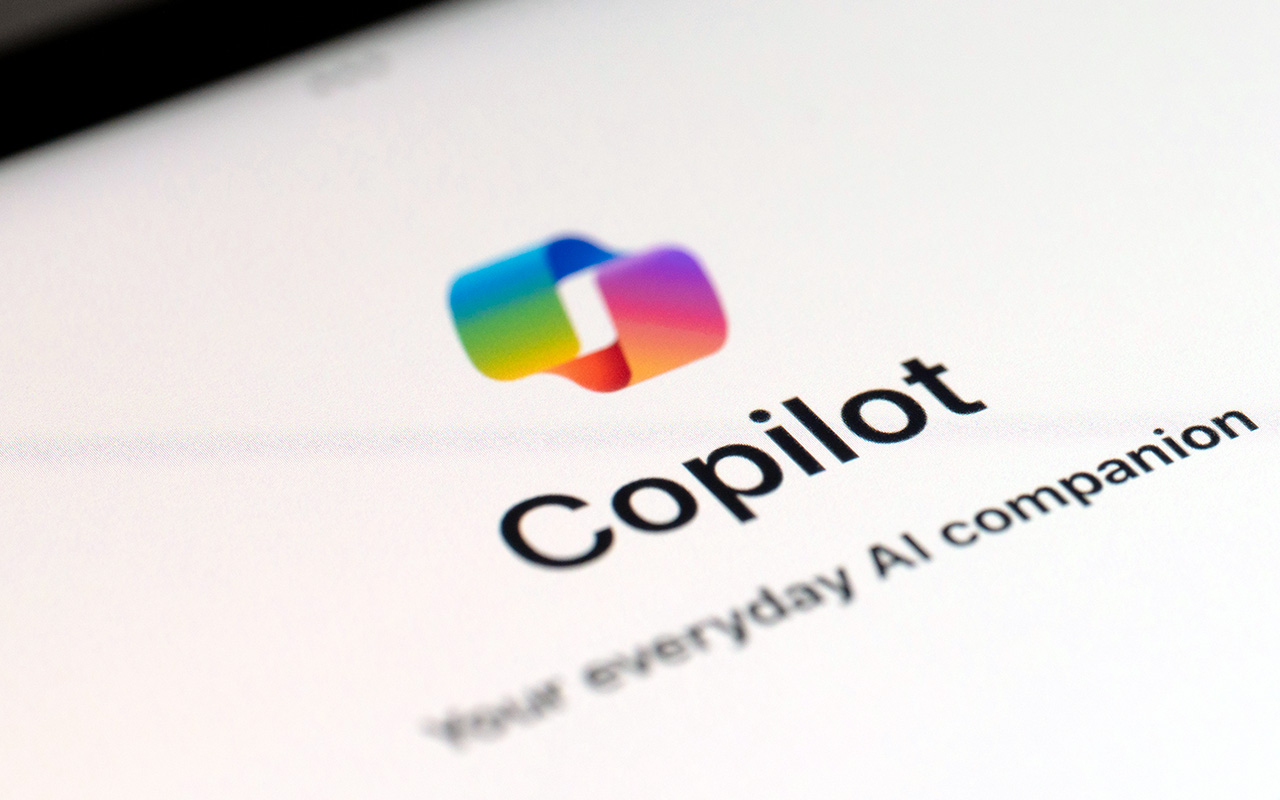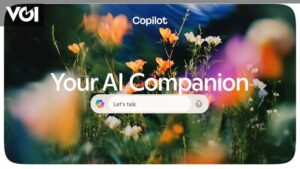CIOs and CISOs Must Unite on a Shared Strategy for AI Copilots

The Rise of AI Copilots in SaaS Platforms
Transformative Impact on Productivity
The integration of AI copilots into Software-as-a-Service (SaaS) platforms has significantly altered how businesses operate. Over the past few years, especially following the surge of generative AI (GenAI), these tools have enhanced both productivity and user experience. Organizations now have a variety of AI-powered solutions available, enabling staff at all levels—ranging from board members to general employees—to benefit from increased efficiency.
The Tug-of-War Between CIOs and CISOs
As companies adopt AI copilots, a conflict arises between Chief Information Officers (CIOs) and Chief Information Security Officers (CISOs). On one hand, CIOs prioritize enabling employees through cutting-edge tools that improve workflow. On the other hand, CISOs are tasked with ensuring the organization’s sensitive data remains protected amidst new vulnerabilities these technologies may introduce. This dynamic poses significant security challenges that organizations must address proactively.
Understanding Data Access Challenges
The Necessity of Data Access for AI Copilots
AI copilots require extensive data access to function effectively. For instance, an AI copilot used in Human Resources (HR) may need access to employee records and payroll information. Similarly, a coding assistant might require access to existing code and API documentation. Although these data access requirements are crucial, they introduce two core security concerns.
Security Risks of AI Copilots
Unintended Data Exposure: Employees using AI copilots may gain access to sensitive company information that should remain confidential. A notable incident involved Microsoft’s Copilot, which inadvertently provided access to restricted emails and classified HR documents.
- Data Leakage: Users might share sensitive information with AI tools, risking unintended disclosures. For example, in 2023, Samsung had to restrict the usage of generative AI tools after employees accidentally leaked sensitive code.
Given that banning AI technology is no longer a practical option, companies must find ways to use these tools securely while maintaining productivity.
Strategies for Safe AI Copilot Implementation
Collaboration is Key
CISOs face immense pressure to implement AI copilots while minimizing security vulnerabilities. Success hinges on collaboration among CIOs, CISOs, and data governance teams. Security should become a shared responsibility, integrating efforts from various departments, including finance, HR, and engineering, when necessary.
Governing Data Access
One of the most critical functions for these collaborative teams is to establish proper data access governance. Many organizations struggle with overprivileged access, as past systems often lacked necessary restrictions. Involving stakeholders from across the business can aid in pinpointing where sensitive data resides and who should access it.
Ensuring Data Quality
It’s essential for organizations to maintain high-quality data to get the best outcomes from AI copilots. For example, it would be pointless for an AI tool to reference outdated HR documents when assisting a new employee. Managing data hygiene and governance is increasingly complex as organizations generate and handle more data than ever before. Businesses should consider intelligent, automated solutions to streamline data governance and improve the overall quality of information available to AI copilots.
Striking the Right Balance
Achieving a perfect balance between security and productivity with AI copilots is an ongoing challenge. No solution guarantees 100% security or productivity, but organizations can work towards minimizing risks while enhancing innovative capabilities. By fostering teamwork between CIOs, CISOs, and data governance teams, and equipping them with the right tools, organizations can enjoy the many advantages that AI copilots promise without compromising on security.






